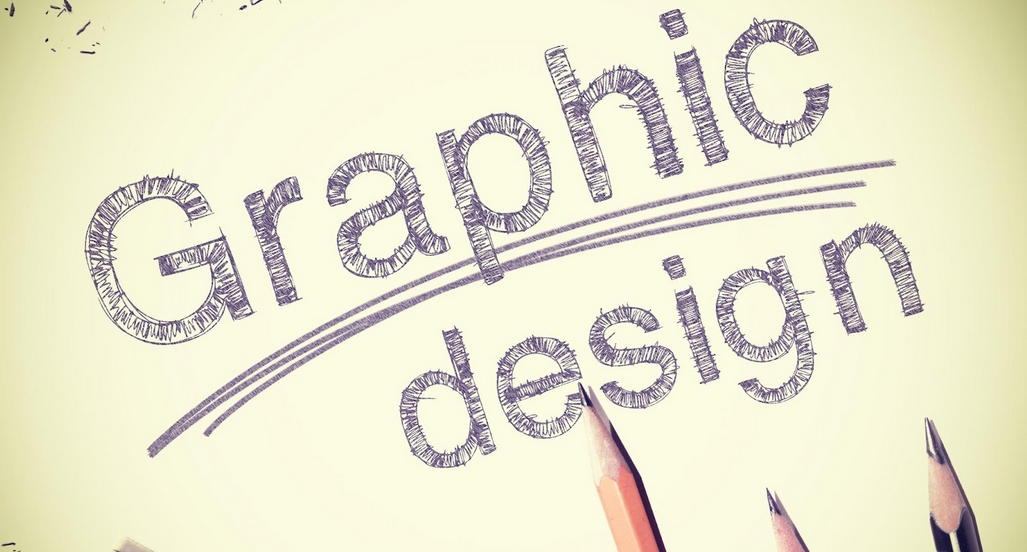How Graphic Design Will Evolve In The Future

Graphic design has come a long way since its inception, and the tools available today drastically differ from those used in decades past. As technology develops at unprecedented speeds, users increasingly rely on digital devices to interact with images. This trend offers an exciting outlook on how graphic design will evolve in the near future.
From user experience and making content more accessible to visualizing complex data, there’s no telling what innovative possibilities lie ahead for this multifaceted field of work. In this blog, we will better understand where we're headed with graphic design and stock photos.
It's important to look back at its humble beginnings, examine current trends shaping the industry today, and think about ways these elements can push things forward over time.
How Artificial Intelligence Is Changing Graphic Design
Artificial Intelligence (AI) revolutionizes graphic design by enabling designers to create designs more accurately, quickly, and efficiently. Through AI, graphic designers are able to explore more ideas & create more complex designs with greater accuracy and speed than ever before.
AI-powered applications such as Adobe Illustrator CC's Sensei feature can help simplify graphic design tasks by recognizing hand-drawn objects in stock images. They also automatically create vectors from them and suggest similar styles or color palettes that could be used in a project. This technology eliminates tedious steps such as manually selecting points and allows users to focus on creative exploration.
AI can also be used to detect errors in artwork. An AI system can detect errors that human eyes may miss by analyzing images through computer vision algorithms. This reduces the time needed for manual proofreading and accuracy checks, allowing designers to focus more on creating innovative designs.
Key Benefits That Augmented Reality Will Bring to Graphic Design
Augmented reality technology is revolutionizing the way graphic designers work.
1)AR provides a platform that allows designers to visualize their ideas before committing them to paper or screen. Through this process, they can develop concepts and experiment with different aesthetics and materials in real time.
This has obvious implications for productivity, enabling faster iteration and refinement of projects while reducing the time spent in post-production.
2) Introducing augmented reality into the workflow also brings new opportunities for interactive design and motion graphics. Instead of static visuals, AR can create immersive experiences instead of static visuals that allow users to engage more deeply with content.
3) By layering digital elements on top of existing physical spaces, designers are able to create dynamic environments that are both visually appealing and emotionally resonant.
4) Finally, augmented reality can enhance communication between designers and viewers.
The Impact of Automation on Graphic Design Projects
The emergence of automation and AI in graphic design domains has profoundly changed how projects are conducted. Automation enables designers to complete their projects faster and with greater precision. It can also generate ideas from customer preferences by recombining existing creative materials.
Through algorithms, automated machines can cognitively identify image structures and patterns that traditional methods overlook, allowing for more effective visual results and increased efficiency. Moreover, automated tools can help designers more accurately record workflow and optimize processes.
Despite potential issues of lack of control, automation provides a robust framework that ultimately improves the quality of projects and reduces time spent on tedious tasks.
What Virtual Reality Could Do for Graphic Visual Communication
Virtual Reality (VR) is a revolutionary technology that has the potential to redefine the way graphic messages and visual content are created and shared. This immersive communication can provide a clearer, more meaningful context for such artwork, creating an interactive experience closer to how users perceive reality.
With advanced capabilities like 360-degree videography and 3D drawing, users can leverage their creativity to develop unprecedentedly detailed media. VR also helps designers explore new possibilities in creative development, real-time collaboration, mainstreaming messages, and diversifying consumer experiences.
In short, virtual reality has opened up a world of unlimited potential for graphic visual communication that was previously impractical or impossible.
Strategies to Stay Ahead of the Curve in Graphic Design
To stay ahead of the curve in graphic design, staying up-to-date with the latest trends and technology is essential. Proactively researching new tools, styles, software, and processes can help you create a portfolio of cutting-edge designs.
Furthermore, examining the work of industry-leading professionals and paying close attention to current marketing and advertising campaigns can equip you with the knowledge and confidence needed to set yourself apart from other designers.
Additionally, networking strategically within your field and building professional relationships can open doors for collaboration with design thought-leaders and allow you to stay at the top of your game.
Conclusion
The future of graphic design is bright. With the advent of new technologies, there are countless possibilities for how this creative field can expand and develop. We can expect to see designers continue to push the boundaries of their craft in ways never thought possible. From utilizing AI to creating entirely new mediums, their imaginations are the only limit. Graphic design will undoubtedly significantly impact our lives moving forward, with its reach adapting to match growing consumer trends and technological advances. It may seem daunting to think about all the changes that could occur in the next few years, but one thing is sure; it will be an exciting ride!







